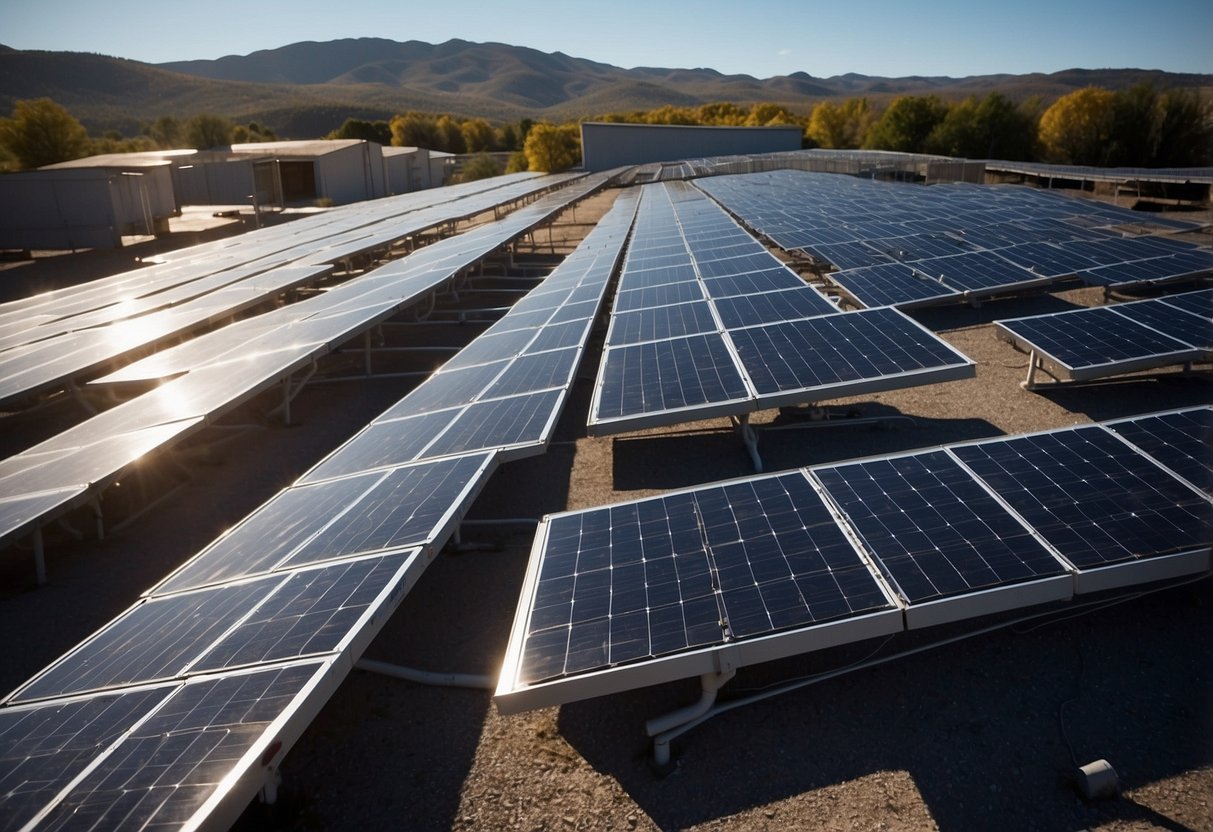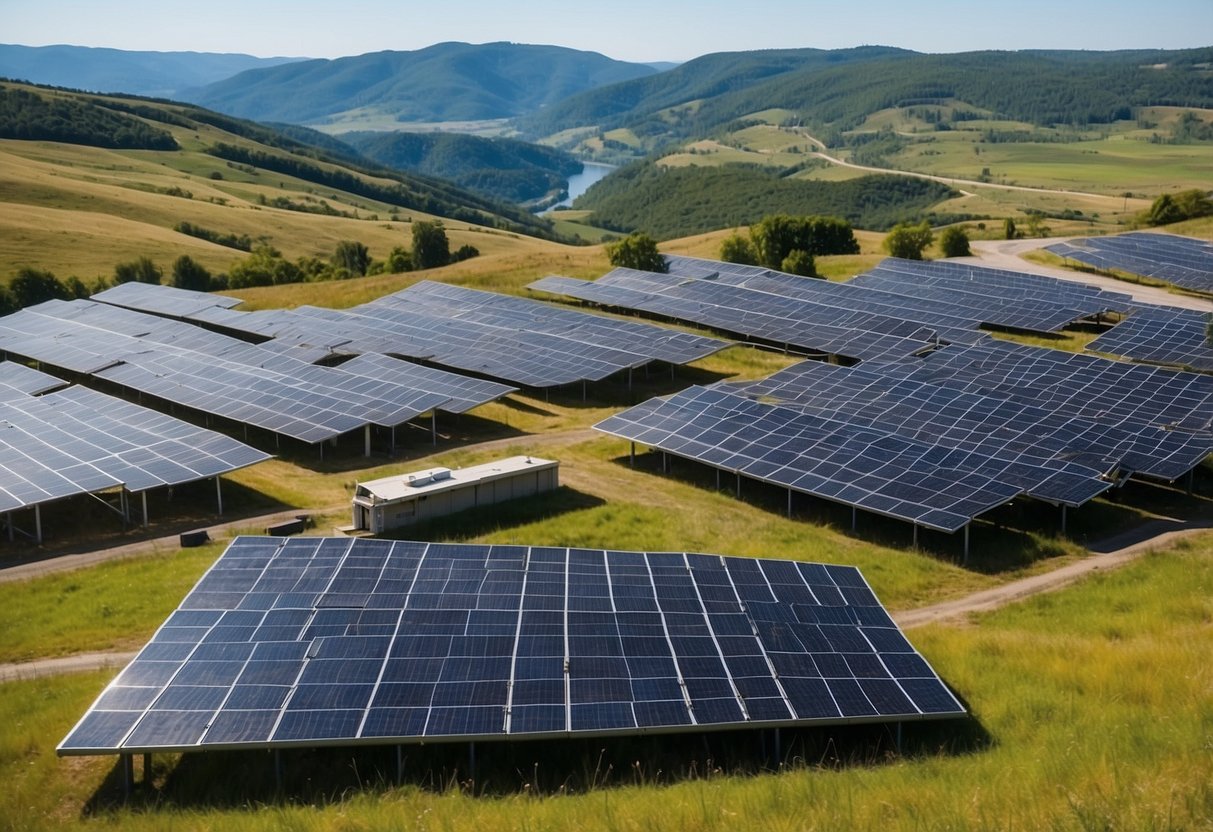
5. Solid State Batteries

Solid state batteries represent a transformative innovation in energy storage technology. Unlike traditional lithium-ion batteries, solid state batteries use solid electrolytes instead of liquid ones. This shift offers several advantages in terms of safety, energy density, and battery life.
One of the key benefits is their enhanced safety profile. Solid electrolytes are non-flammable, reducing the risk of battery fires. This makes them particularly attractive for applications in electric vehicles and consumer electronics.
The energy density of solid state batteries is significantly higher as well. They can store more energy in a smaller space, which translates to longer battery life and increased efficiency. This is crucial for extending the range of electric vehicles and the runtime of portable devices.
Additionally, solid state batteries have a longer lifespan. They experience less wear and tear over charging cycles, leading to a reduction in battery degradation. This results in fewer replacements and lower long-term costs for consumers and industries.
Solid state batteries also support faster charging times. The solid electrolytes allow for quicker ion transfer, meaning devices can reach full charge more rapidly. This is particularly beneficial for electric vehicles, where reduced charging time can enhance convenience and feasibility.
Challenges remain in the mass production and cost of solid state batteries. Researchers are continuously working on overcoming these obstacles to make the technology more accessible. Despite these hurdles, the potential of solid state batteries to revolutionize energy storage and enhance renewable energy systems is undeniable.
Advancements in Solar Power

Recent innovations in solar power have greatly enhanced the efficiency and practicality of harnessing the sun’s energy. From new types of photovoltaic cells to developments in concentrated solar technology, the field is experiencing significant growth.
Emerging Photovoltaic Technologies
Emerging photovoltaic (PV) technologies are pushing the boundaries of solar energy capture and conversion. Perovskite solar cells have garnered attention due to their high efficiency and relatively low production costs. These cells use a perovskite-structured compound as the light-harvesting active layer, promising efficiency rates that rival traditional silicon-based cells.
Another breakthrough lies in bifacial solar cells, which capture sunlight on both sides of the panel. This increases the amount of energy produced per unit area, especially in installations with reflective surfaces. Organic PV cells also show potential, offering flexibility and ease of production, though their efficiency currently lags behind inorganic alternatives.